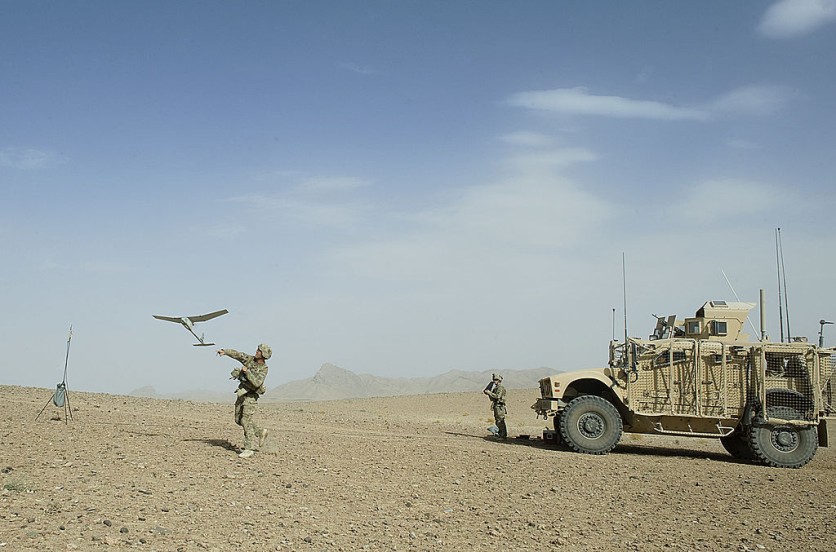The US Army has selected Northrop Grumman and Shield AI to take part in the Increment 2 competition for the Future Tactical Unmanned Aircraft System (FTUAS), as reported by Interesting Engineering.

The competition aims to find a replacement for the RQ-7B "Shadow" tactical drone that has been in service since 2001. Its time is running out despite the many successful missions that it went through; hence, it is now time for a replacement.
What's Cooking?
Northrop Grumman and Shield AI are working on a better version of the V-Bat drone platform that has already been tested by the US Baby and Marine Corps. The V-Bat drone offers several capabilities which make it a feasible replacement for the "Shadow."
The V-Bat allows a team of two soldiers to maneuver and control it. It can also fly horizontally and it features a ducted fan that improves performance and keeps the operators safe from exposed blades. In addition, the V-BAT can remain in the air for eight hours with an extra hour's fuel left in reserve.
The seven-week base period of the contract will define the enhanced V-BAT aircraft's modular, open-system architecture, which will be led by Northrop Grumman. This will also integrate advanced surveillance and electronic warfare payloads.
The better version of the V-BAT is easy to use and is more powerful with as shorter supply chain and can carry various payloads that can be switched out. With this, it has long-term adaptability and better life cycle management.
Also read: United Launch Alliance Sale? Rocket Developer to Join Other Space Companies says Sources
Better Eye On Things From the Air
With the enhanced V-BAT drone platform, it could help US Army Brigade Combat Teams, Special Forces, and Ranger battalions better keep an eye on things from the air. In addition, its modular system will let it carry advanced surveillance and electronic warfare payloads to help the army do persistent reconnaissance.
US Army drones has become an increasingly important tool in modern warfare, providing critical intelligence, surveillance, and reconnaissance capabilities on the battlefield. Drones allow soldiers to monitor enemy movements and gather information from remote or inaccessible areas, reducing the risk of putting soldiers in harm's way.
In addition to their intelligence capabilities, drones can also be used to deliver supplies and provide support to troops on the ground. They can be equipped with weapons systems or used for targeted strikes against enemy targets, allowing soldiers to engage in combat from a safe distance.
The use of drones has been credited with reducing the number of casualties in modern warfare, as soldiers can gather information and engage in combat without putting themselves in direct danger. However, there are also concerns about the use of drones, particularly in terms of civilian casualties and the potential for drones to be used for surveillance or other purposes outside of combat.
Overall, the importance of US Army drones cannot be overstated. They provide critical capabilities that enhance the effectiveness and safety of soldiers on the battlefield, and they have become essential tools in modern warfare. However, it's important to continue to consider the ethical implications of their use and to ensure that they are used in a responsible and accountable manner.
Related article: NASA Moon Lander Competition: Blue Origin and Northrop Grumman Go Head-to-Head for Crewed Lunar Transportation

ⓒ 2025 TECHTIMES.com All rights reserved. Do not reproduce without permission.




